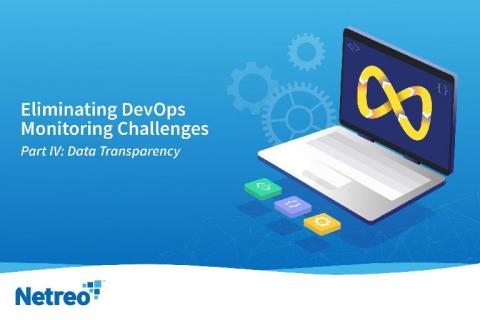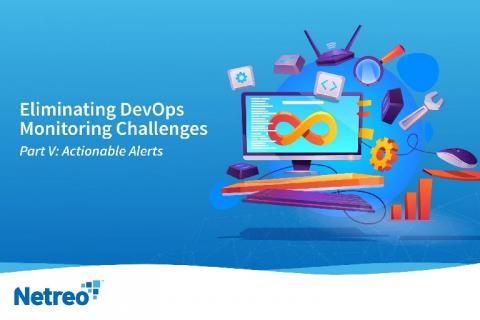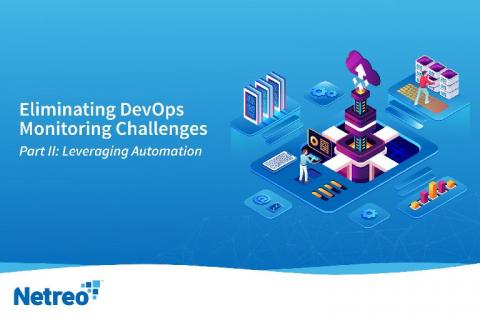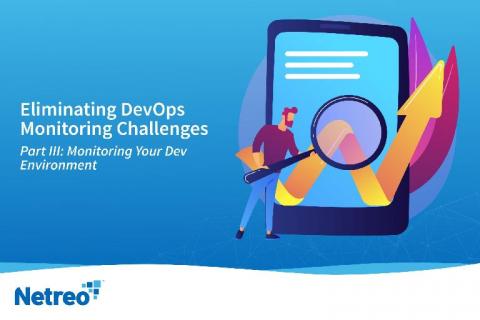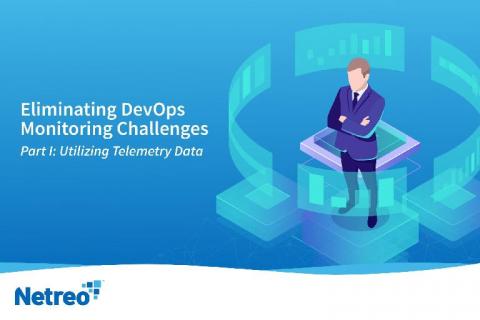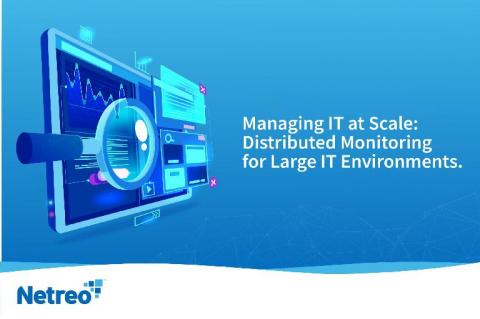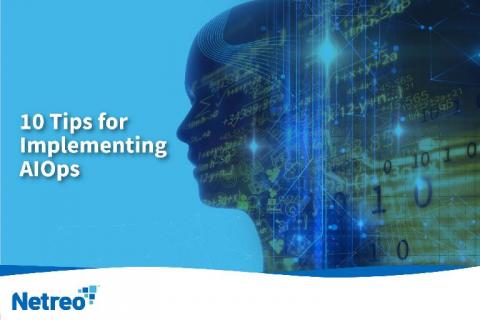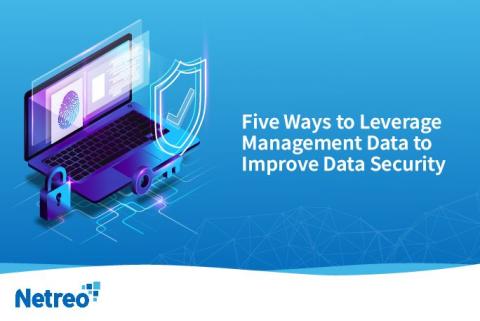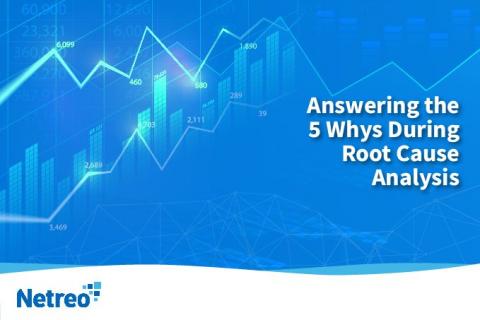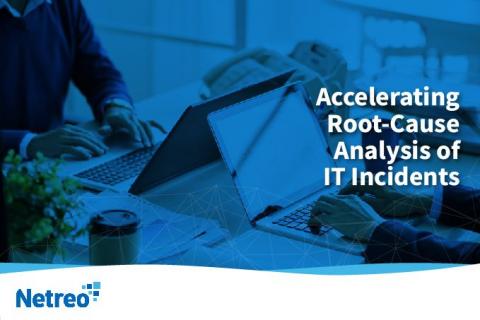Eliminating DevOps Monitoring Challenges, Part IV: Data Transparency
A crucial step to having efficient DevOps consulting is by being completely transparent with data. By making monitoring data available to everyone in the value stream, everyone shares a common view of reality, which aids in communications, and demonstrates transparency which enhances trust.


